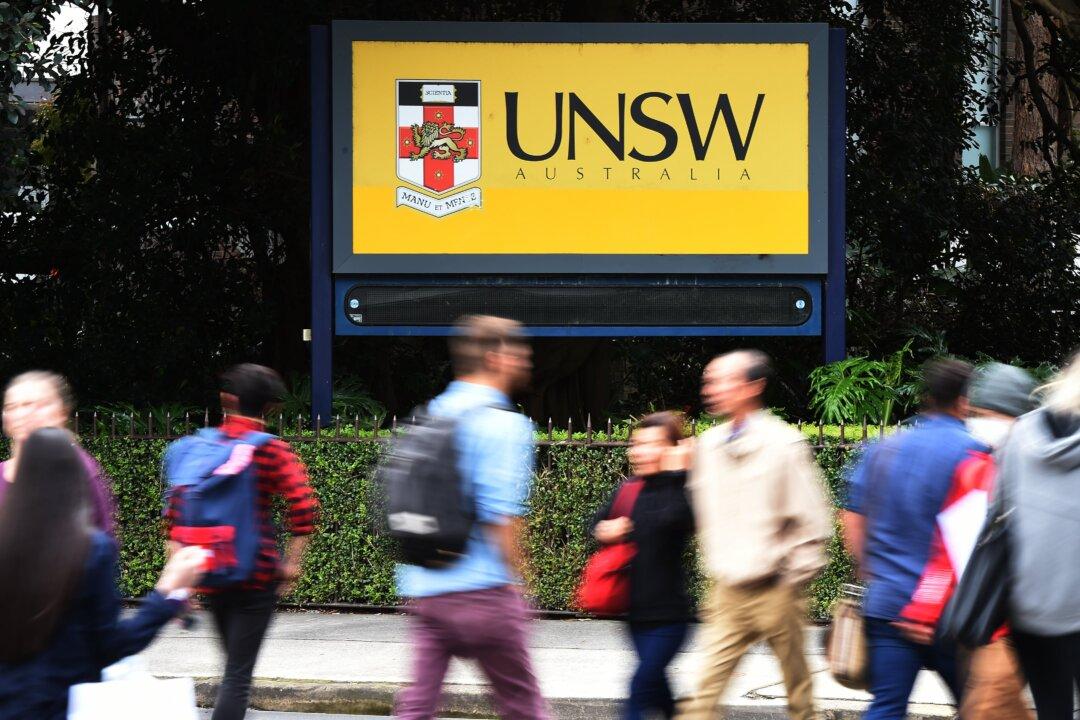The bill aimed at eliminating over $3 billion (US$2 billion) in education debt for three million Australians is now law.
Seen as a direct move by the Albanese government to woo young voters ahead of the elections, the legislation passed through Parliament on Nov. 26.





